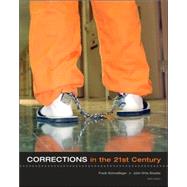The extensively updated, revised, and reorganized third edition features enhanced coverage of the goals of punishment, restorative and retributive justice, the impact of terrorism on facility management, prison and sentencing reform, professional credentialing, capital punishment, and much more.








